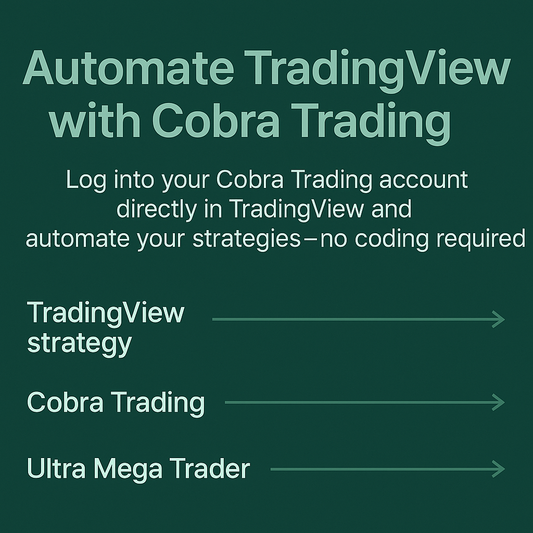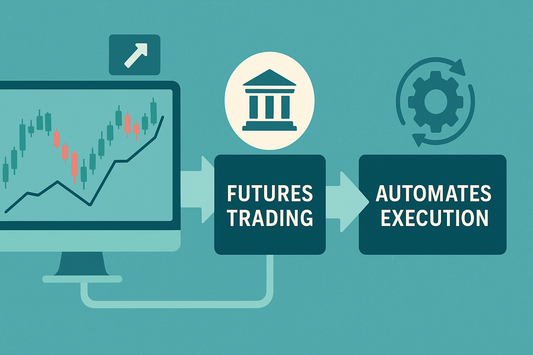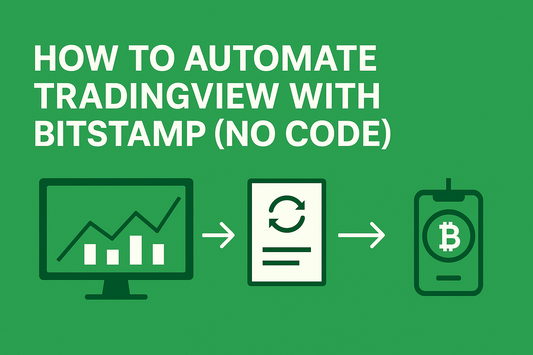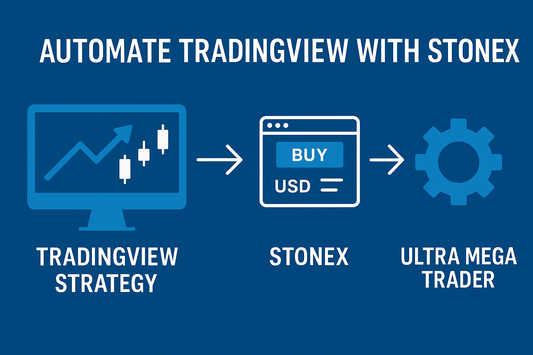What moves the needle
Latency
Every hop adds delay—chart → webhook → cloud function → broker API → order. On 1s–5s charts, those extra ~100–400 ms can turn a clean breakout entry into a late chase. Browser-based automation keeps the path short (chart → Automator → order), which means fewer timeouts, fewer retries, and less “I saw it, but I didn’t get it.”
Liquidity
Thin books = bigger spreads and faster price jumps between levels. Market orders pay more slippage; limit orders sit in the queue and can get skipped when the book gaps. Expect more partial fills and outright non-fills on micro timeframes and off-hours. When depth is shallow, size down and assume worse-than-backtest fills.
-
Market: You get speed and certainty, but your fill moves with the tape. Great for strong momentum or breakouts where “being in” matters more than the exact price.
-
Limit: You control price, but in fast bursts you’ll miss entries/exits unless you add a buffer (offset). Best for pullbacks, ranges, and calmer tape.
Pick based on behavior, not preference. Let the stats tell you which wins on your symbol and timeframe.
Session & news
Opens, closes, and economic reports amplify everything: spreads widen, queues get longer, and slippage jumps. Midday is calmer but can be “sticky” (slow). If you trade the open, expect more market fills and larger offsets; if you trade the middle, limits shine with higher fill quality.
Play it smart with the Automator
Forward test Market vs Limit on your exact instrument/time.
Same rules, same chart—only change the order type. Do a controlled A/B over a few sessions so the comparison is fair.
Log time-to-fill, avg slippage, and miss rates.
Keep a simple sheet: timestamp, session (open/mid/close), order type, intended price, filled price, time-to-fill, result (filled/partial/missed). After ~100 signals you’ll see the pattern.
Adjust limit offsets or switch types based on data, not guesses.
If miss rate is high but slippage is reasonable, add a small limit offset. If slippage is brutal during bursts, prefer limits outside of news and switch to market only when tape is clean. Make one change at a time.
Practical rules of thumb (tweak as your data dictates):
-
If miss rate > 25% on limits during your session, increase offset or switch to market.
-
If avg market slippage > your edge per trade, try limits with modest offset or avoid that session.
-
Reduce size when depth is thin; add size only after the stats hold up for multiple weeks.
Wrap-up
On 1s–5s, execution is the edge. Shorten the path, measure everything, and let the numbers choose order type, offset, and session. Fewer hops, more data, better decisions.
FAQs
Can I really trade 1s charts?
Yes—if you respect the physics. Micro timeframes magnify latency and depth issues. Start tiny, collect stats, and adapt.
When should I avoid limits?
During news spikes, very thin sessions, or runaway momentum. If your miss rate spikes or you’re getting partials, switch to market or add more offset.
Do I need a server for low latency?
No. Fewer hops (browser-based) usually beat DIY cloud plumbing on micro timeframes—and there’s less to break when volatility hits.





